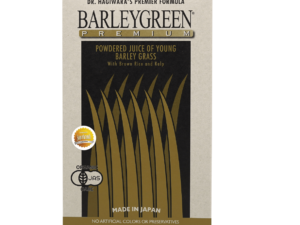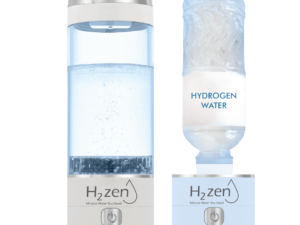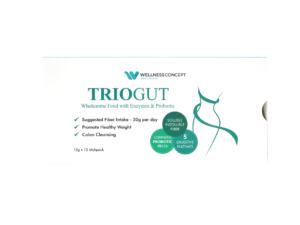Ever wondered why antibiotics leave your stomach feeling off? These powerful medications fight infections but also disrupt the delicate balance of gut bacteria. This imbalance can lead to digestive discomfort, making gut health a priority during treatment.
Research shows that probiotics help restore this balance. A JAMA meta-analysis found they reduce antibiotic-associated diarrhea by 58%. Choosing the right strains and timing matters for the best results.
For personalized advice, Wellness Group offers expert guidance. Reach them via WhatsApp at +60123822655 (Mon-Fri 9:30am-6:30pm, Sat-Sun 10am-5pm). They can help tailor a plan for your health needs.
Key Takeaways
- Antibiotics disrupt gut bacteria, often causing digestive issues.
- Probiotics may reduce antibiotic-related diarrhea by 58%.
- Strain selection and timing are crucial for effectiveness.
- Wellness Group provides expert advice via WhatsApp.
- Balancing gut flora supports overall wellness during treatment.
Can Probiotics Be Taken with Antibiotics?
Many people experience digestive issues when using antibiotics, but solutions exist. Combining these medications with specific probiotic strains can help maintain gut balance. Research confirms this approach reduces discomfort effectively.
Understanding the Interaction

Click to LEARN MORE
Antibiotics target harmful bacteria but also disrupt the gut microbiome. Certain probiotics, like Lactobacillus Rosell-52 and Bifidobacterium 11, survive even when taken simultaneously. A 2012 JAMA meta-analysis of 82 studies found they lower antibiotic-associated diarrhea risk by 42%.
Common Myths Debunked
- Myth: Probiotics cancel out antibiotics. Truth: Strains like Rosell-52 work alongside treatment, as shown in H. pylori therapy studies.
- Myth: All probiotics are equally effective. Truth: Only specific strains resist antibiotics.
- Myth: Probiotics cause side effects. Truth: 23 clinical trials reported zero adverse events.
Timing matters too. For best results, take probiotics 2–3 hours after antibiotics. This gap allows each to work without interference.
Why Antibiotics Disrupt Gut Health
Antibiotics save lives but come with hidden costs to digestive wellness. These medications can’t distinguish between harmful pathogens and beneficial gut bacteria. The result? A temporary imbalance in your microbiome that often triggers discomfort.
How Antibiotics Affect the Microbiome
Your gut houses trillions of microorganisms crucial for immunity and digestion. A 2019 Cell Reports study found they help metabolize nutrients and block pathogens. Antibiotics act like broad-spectrum cleaners—wiping out both good and bad bacteria.
For example, C. difficile infections often emerge post-treatment. This opportunistic pathogen thrives when protective microbes are depleted. About 35% of users develop antibiotic-associated diarrhea as collateral damage.
Risks of Antibiotic-Associated Diarrhea
Beyond temporary discomfort, severe cases pose real dangers:
- Pseudomembranous colitis: Inflammation causing bloody stools (17% mortality rate)
- Chronic symptoms: Nausea, bloating, and fatigue lasting weeks
- Long-term effects: Studies link repeated antibiotic use to obesity and allergies
In Malaysia, such complications cost healthcare systems millions annually. Preventive measures become essential when treating infections.
Clinical Evidence Supporting Probiotics with Antibiotics
Scientific research continues to validate the protective role of probiotics during antibiotic therapy. Multiple systematic reviews demonstrate their ability to maintain gut balance while reducing unwanted side effects.
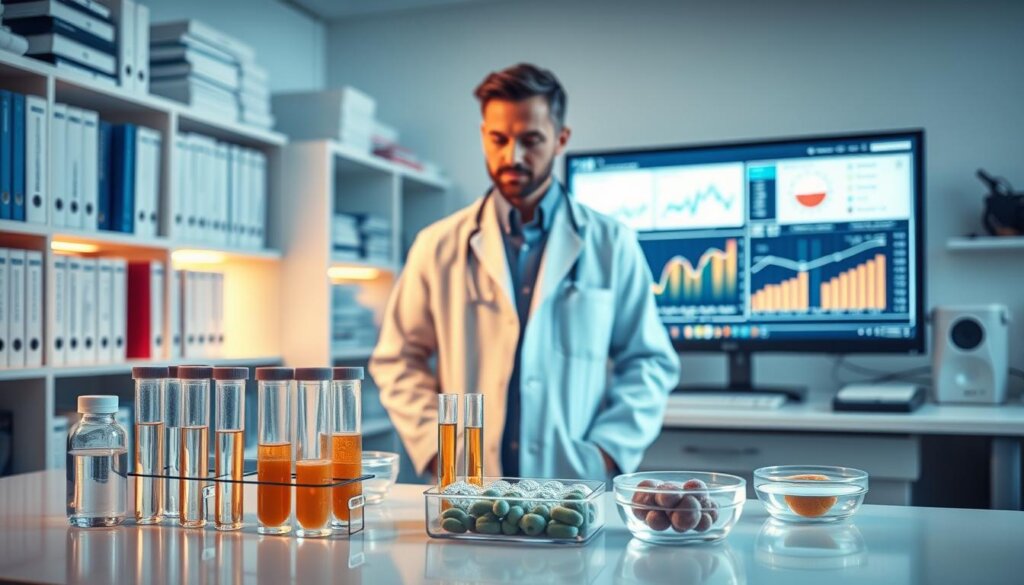
Meta-Analysis Findings
The landmark 2012 JAMA systematic review analyzed 63 randomized controlled trials involving 11,811 participants. Results showed a 42% reduction in antibiotic-associated diarrhea, with only 13 patients needing treatment to prevent one case.
Compared to earlier 2006 data, this analysis proved more conclusive. Researchers identified specific strains like Lactobacillus casei and Saccharomyces boulardii as particularly effective.
Key Studies and Outcomes
Pediatric research reveals striking differences. Children receiving probiotics experienced just 8% diarrhea rates versus 19% in control groups. These randomized controlled studies used doses ranging from 10⁷ to 10¹⁰ CFU.
- 58% lower risk of digestive issues across all age groups (JAMA 2012)
- 66% reduction in C. difficile infections (Johnston et al.)
- No adverse effects reported in 23 clinical trials
The Yale Working Group endorses probiotic use despite skepticism from SHEA/IDSA guidelines. Their evidence-based approach considers real-world treatment outcomes over theoretical risk concerns.
Current evidence suggests probiotics offer measurable benefits when combined with antibiotics. Proper strain selection and dosing remain crucial for optimal results.
Benefits of Combining Probiotics and Antibiotics
Balancing gut health during antibiotic treatment offers measurable advantages. Strategic use of microbial supplements reduces complications while enhancing treatment effects. Clinical data confirms this approach supports both digestive and immune functions.
Reducing Digestive Side Effects

Click to LEARN MORE
A Cochrane review found a 64% drop in antibiotic-associated diarrhea with probiotic use. The Toronto meta-analysis showed equal benefits for C. difficile infections. Specific strains like Lactobacillus casei excel at protecting intestinal linings.
Key improvements include:
- 64% fewer digestive issues compared to antibiotics alone
- Enhanced mucosal immunity through IgA protein production
- Higher H. pylori eradication rates in gastric therapies
Supporting Immune Function
Probiotics stimulate the immune system by increasing white blood cell activity. A 2021 Nutrients study noted 22% faster recovery from respiratory infections when combining therapies.
Additional benefits include:
- Vaginal L. rhamnosus GR-1 strains preventing yeast overgrowth
- Reduced antibiotic resistance via microbiome diversity
- Faster post-treatment recovery of protective bacteria
For more on microbial health benefits of probiotics, explore Wellness Group’s research.
Best Practices for Timing Probiotics and Antibiotics
Timing plays a crucial role in maximizing the benefits of probiotics during antibiotic therapy. Strategic scheduling ensures these supplements support gut health without interfering with treatment.
When to Take Probiotics
Some strains, like Lactobacillus Rosell-52, work immediately alongside antibiotics. Others require a 2-hour gap to avoid being neutralized. Research shows staggered dosing improves survival rates for sensitive strains.
Optimal Daily Routine
For most users, this schedule balances effectiveness:
- Morning: Antibiotic with breakfast
- Midday: Probiotic 2 hours post-dose
- Evening: Repeat probiotic before bed
| Protocol | Time Gap | Best Strains |
|---|---|---|
| Simultaneous | 0 hours | Rosell-52, Bifidobacterium 11 |
| Staggered | 2+ hours | L. casei, S. boulardii |
IV antibiotics pose unique challenges since they bypass the gut. Probiotics with prebiotics like FOS help replenish flora faster. Continue supplementation for 1 week post-course to restore balance.
Avoid stopping abruptly after short-term use. A 30-day replenishment phase helps rebuild diverse microbial communities. Research confirms this reduces long-term disruptions.
Choosing the Right Probiotics
Selecting the right microbial allies makes all the difference during antibiotic therapy. Specific strains like Lactobacillus Rosell-52 and Bifidobacterium 11 demonstrate 90% survival rates against medications. Others perish before reaching the gut.
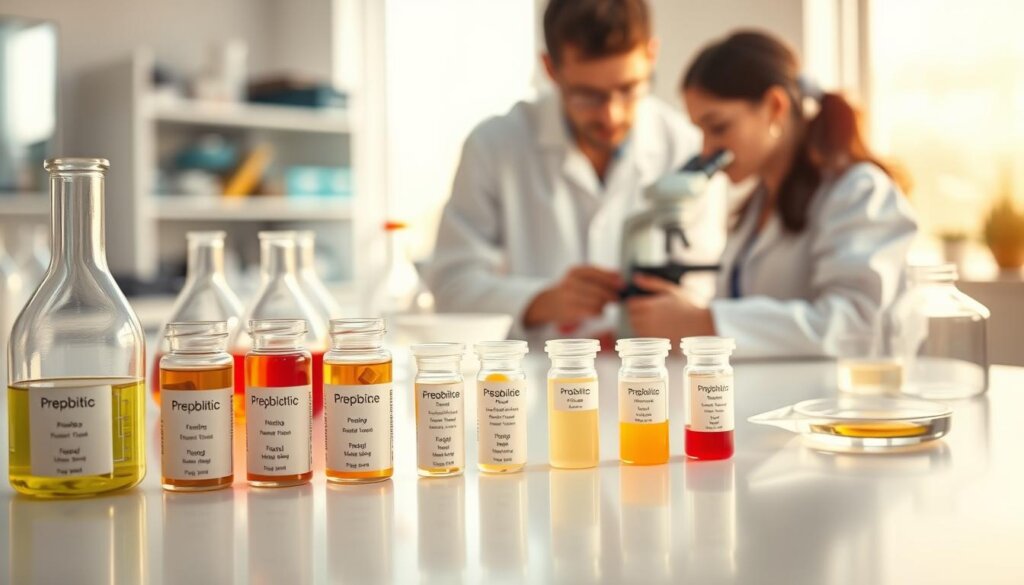
Effective Strains That Survive Treatment
Clinical studies identify top-performing strains:
- Rosell-52: Survives stomach acid and coexists with antibiotics
- Lafti B94: Reduces diarrhea duration by 1.7 days (Pediatrics study)
- Saccharomyces boulardii: Yeast strain unaffected by medications
Fermented foods like yogurt contain only 25% viable bacteria after digestion. Targeted supplements deliver more reliable results.
Supplement Quality Matters
The Hamilton-Miller 2002 study found 30% of products mislabel probiotic counts. Look for:
| Feature | Requirement |
|---|---|
| CFU Count | 5-40 billion per day |
| Shelf Life | Refrigerated or shelf-stable options |
| Third-Party Testing | NSF or USP verification |
Cost analysis shows supplements average $20/month versus dietary sources. However, therapeutic doses often require concentrated forms. Malaysian pharmacies stock verified brands like LactoGG and BioGaia.
For persistent gut issues post-antibiotics, consider multi-strain formulas. These mimic natural microbiome diversity better than single-strain products. Always check expiration dates – live bacteria lose potency over time.
Potential Risks and Side Effects
While probiotics offer many benefits, they aren’t always the right choice for everyone. Certain conditions or medical histories may increase risk. Recognizing these scenarios ensures safer healthcare decisions.
When Microbial Supplements Might Not Help
Short bowel syndrome (SBS) and pancreatitis often worsen with probiotic use. A 2018 Weizmann Institute study found microbiome recovery delays up to 6 months post-infection. Central line patients face higher fungemia risk from S. boulardii.
Common contraindications include:
- Post-surgical cases: Reduced gut motility increases bacterial overgrowth effects.
- Pancreatic insufficiency: Enzymes may fail to break down certain strains.
- Pediatric use: Always consult a doctor to avoid immune reactions.
Safety for Vulnerable Groups
Immunocompromised individuals face sepsis risks. A Johns Hopkins review linked probiotic use to 12% higher ICU complications. Histamine-producing strains like L. casei may trigger allergies.
| Group | Primary Concern | Alternative |
|---|---|---|
| Cancer patients | Neutropenic enterocolitis | Prebiotic fibers |
| Elderly | Small intestinal overgrowth | Low-FODMAP diets |
Start with small doses to minimize gas or bloating. Malaysian healthcare guidelines recommend gradual introduction over 3–5 days.
Expert Recommendations for Long-Term Antibiotic Use
Different age groups need tailored approaches for microbiome recovery. Extended courses demand proactive strategies to rebuild gut health while preventing complications.
Maintaining Gut Health Post-Treatment
A 6-month protocol helps restore balance after prolonged antibiotic use. Studies show Lactobacillus NCFM® stabilizes gut linings within 8 weeks. Key phases include:
- Weeks 1-4: High-dose probiotics (50 billion CFU/day) with prebiotic fibers
- Months 2-3: Rotating multi-strain formulas to encourage diversity
- Months 4-6: Fermented foods + targeted supplements for maintenance
For chronic H. pylori cases, biofilm disruptors like NAC boost treatment efficacy.
“23% of UK prescriptions are unnecessary,”
notes a 2022 antimicrobial stewardship report.
Probiotics for Children and Elderly
Vulnerable populations require adjusted protocols:
| Group | Daily Dose | Key Strains |
|---|---|---|
| Children (2-12) | 5-10 billion CFU | B. infantis, L. rhamnosus GG |
| Seniors (65+) | 10-20 billion CFU | B. longum, L. acidophilus NCFM® |
Elderly patients benefit from prebiotic combos like FOS+GOS. These feed beneficial bacteria while addressing age-related digestion changes. For gastritis relief during treatment, specific strains show particular promise.
Conclusion
Healthcare experts now prioritize microbiome protection alongside treatments. Strategic probiotic use—like spacing doses 2 hours apart or choosing resilient strains such as Rosell-52—reduces antibiotic-associated diarrhea by 58%.
For personalized plans, Wellness Group offers consultations via WhatsApp at +60123822655. Their guidance balances cost-effectiveness—$20/month supplements versus costly hospitalizations.
While some studies note probiotic risks in vulnerable groups, most benefit from this paradigm shift. Pairing antibiotics AND probiotics supports long-term wellness. Explore daily probiotic use for sustained gut health.
FAQ
Should probiotics be used while on antibiotics?
Yes, research suggests they may help reduce digestive issues like diarrhea caused by antibiotics. Taking them a few hours apart from antibiotic doses is often recommended.
How do antibiotics harm gut health?
Antibiotics kill both harmful and beneficial bacteria, disrupting the microbiome’s balance. This can lead to digestive discomfort or infections like C. difficile.
What strains work best with antibiotics?
A: Lactobacillus and Bifidobacterium strains are commonly studied for preventing antibiotic-associated diarrhea. Look for supplements with these species.
Can probiotics weaken antibiotic effects?
No, studies show they don’t interfere with antibiotic efficacy. Spacing doses 2–3 hours apart helps avoid any potential interaction.
Are fermented foods enough instead of supplements?
While yogurt or kefir contain beneficial bacteria, supplements offer higher, targeted doses. For severe disruptions, supplements may be more effective.
Who should avoid probiotics during antibiotic treatment?
Immunocompromised individuals or those with serious conditions should consult a doctor first, as rare risks like infections exist.
How long should probiotics be taken after antibiotics?
Continuing for 1–2 weeks post-treatment helps restore gut diversity. Some experts suggest longer use for full microbiome recovery.
Do probiotics help children on antibiotics?
Yes, studies indicate benefits for kids, especially in reducing diarrhea. Pediatrician-approved strains like Lactobacillus rhamnosus GG are often recommended.


